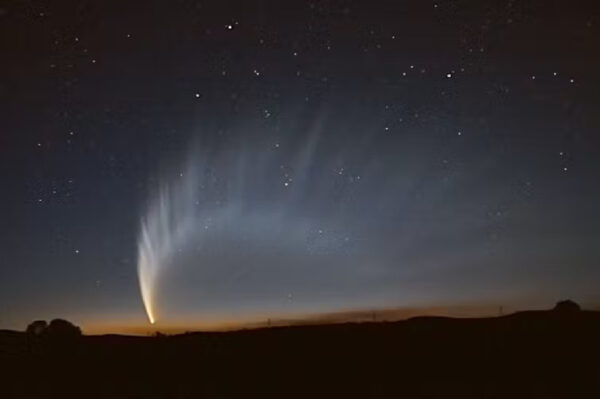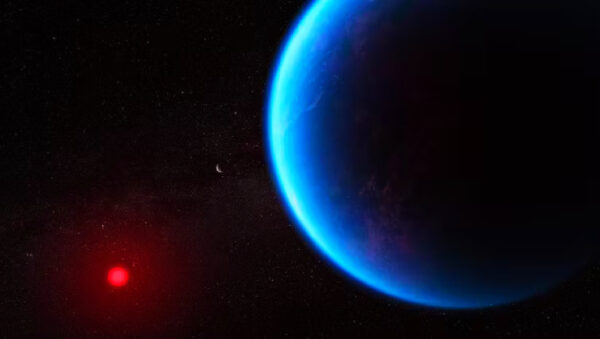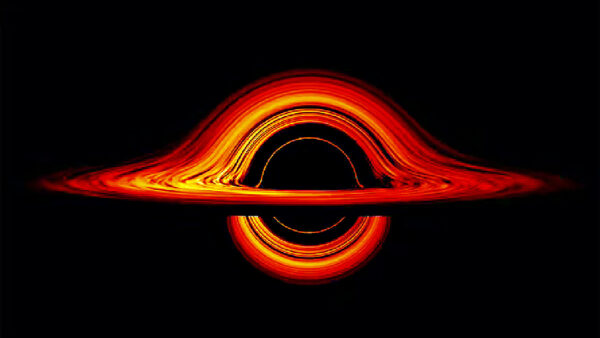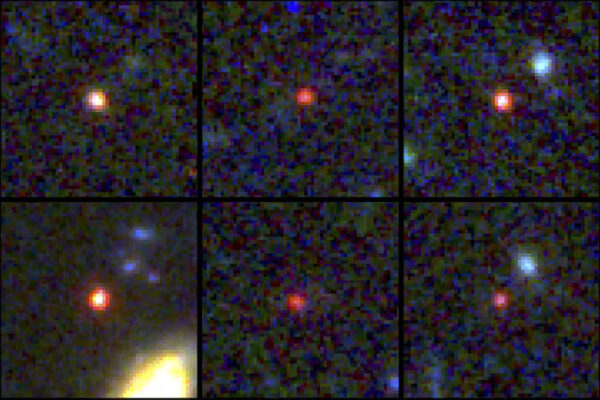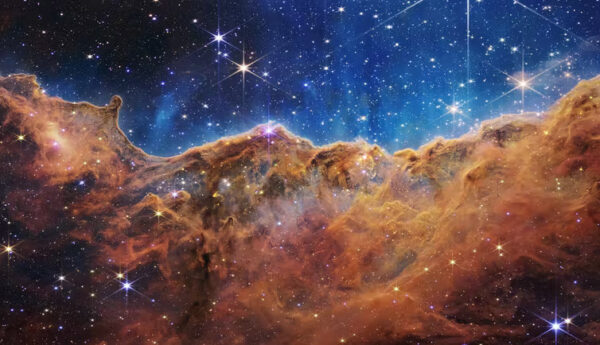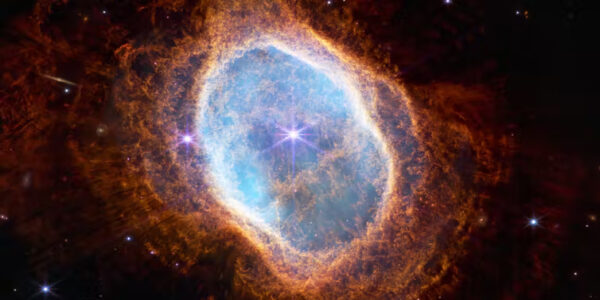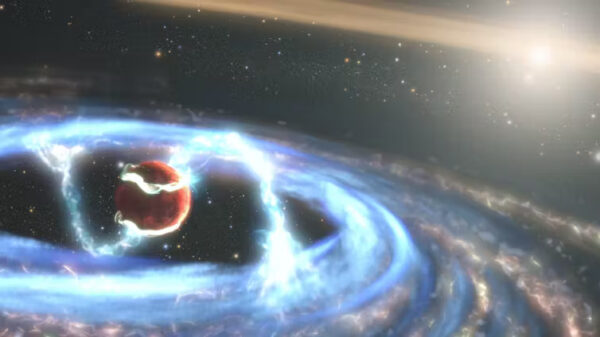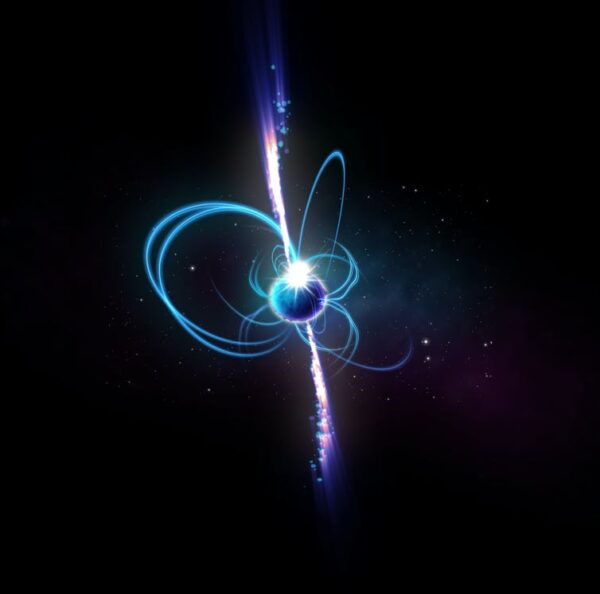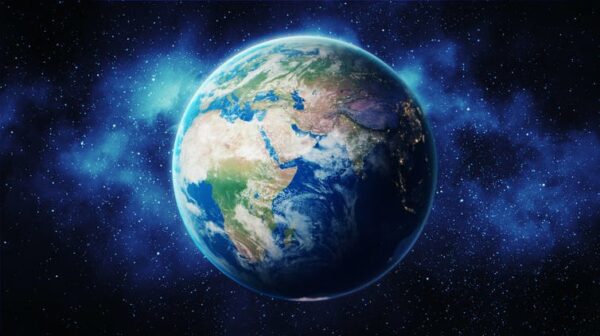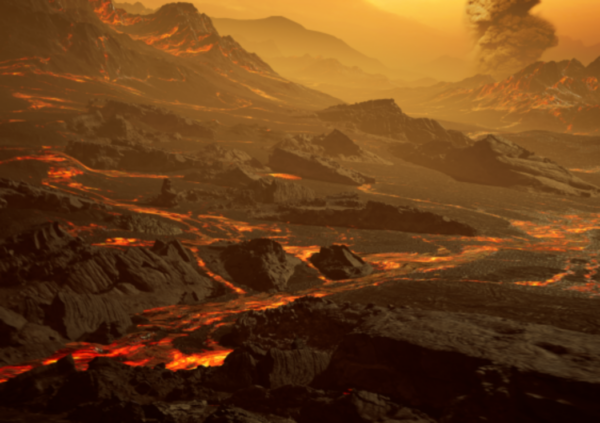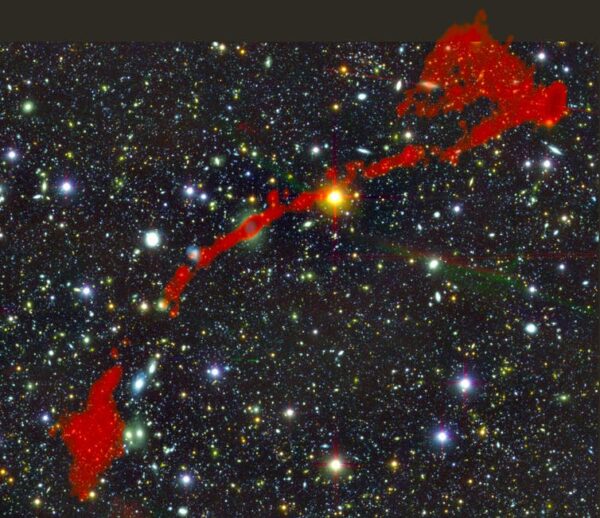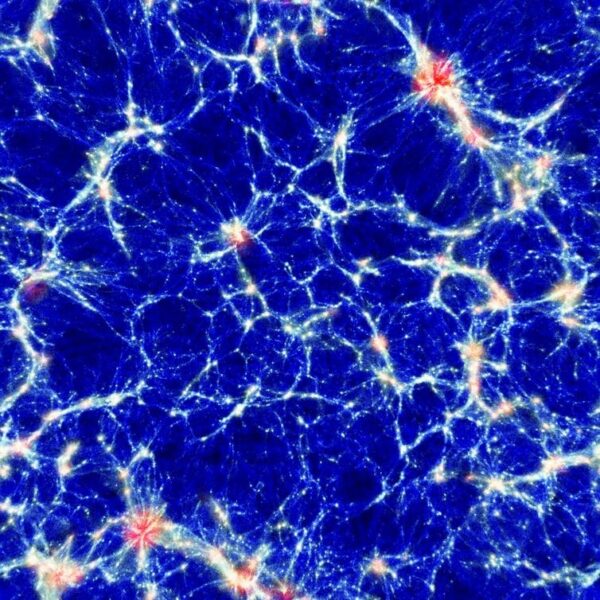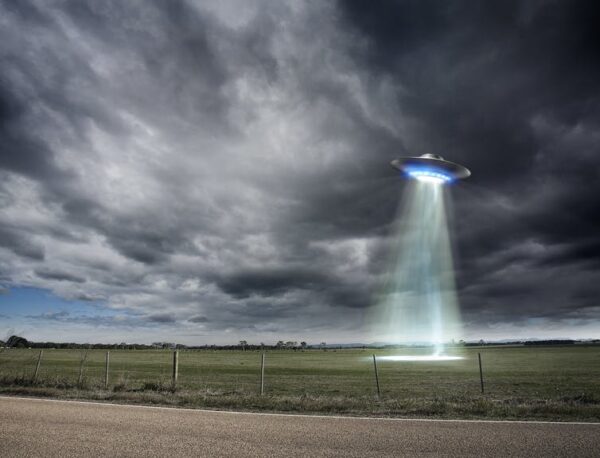Tag astronomy
Nick Lomb, University of Southern Queensland What exciting events will we see in the southern sky in 2024? Meteor showers, Saturn covered by the Moon, close approaches of bright planets to each other, supermoons – and, if we’re lucky, a… Continue Reading →
Brad E Tucker, Australian National University Are we alone? This question is nearly as old as humanity itself. Today, this question in astronomy focuses on finding life beyond our planet. Are we, as a species, and as a planet, alone?… Continue Reading →
Ivo Labbe, Swinburne University of Technology “Look at this,” says Erica’s message. She is poring over the very first images from the brand new James Webb Space Telescope (JWST). It is July 2022, barely a week after those first images… Continue Reading →
Cherine Fahd, University of Technology Sydney The first task I give photography students is to create a starscape. To do this, I ask them to sweep the floor beneath them, collect the dust and dirt in a paper bag and… Continue Reading →
Sara Webb, Swinburne University of Technology It has been an exciting time with the release of breathtaking photos of our Universe by the James Webb Space Telescope (JWST). Images such as the one below give us a chance to see… Continue Reading →
Natasha Hurley-Walker, Curtin University. “Holy sharks, Batman, it’s periodic!” I exclaimed on Slack. It was the first lockdown of 2021 in Perth, and we were all working from home. And when astronomers look for something to distract themselves from looming… Continue Reading →
By Toby Tyrrell, University of Southampton It took evolution 3 or 4 billion years to produce Homo sapiens. If the climate had completely failed just once in that time then evolution would have come to a crashing halt and we… Continue Reading →
By Sherry Landow: University of NSW. A newly discovered planet could be our best chance yet of studying rocky planet atmospheres outside the solar system, a new international study involving UNSW Sydney shows. The planet, called Gliese 486b (pronounced Glee-seh),… Continue Reading →
By Jacinta Delhaize, University of Cape Town Two giant radio galaxies have been discovered with South Africa’s powerful MeerKAT telescope, located in the Karoo region, a semi-arid area in the south west of the country. Radio galaxies get their name… Continue Reading →
By Andreea Font, Liverpool John Moores University Albert Einstein’s theory of general relativity profoundly changed our thinking about fundamental concepts in physics, such as space and time. But it also left us with some deep mysteries. One was black holes,… Continue Reading →
By Ray Norris, Western Sydney University At the very largest scale, the Universe consists of a “cosmic web” made of enormous, tenuous filaments of gas stretching between gigantic clumps of matter. Or that’s what our best models suggest. All we… Continue Reading →
By Chris Impey If intelligent aliens visit the Earth, it would be one of the most profound events in human history. Surveys show that nearly half of Americans believe that aliens have visited the Earth, either in the ancient past… Continue Reading →
By Aidan Hotan, CSIRO Astronomers have mapped about a million previously undiscovered galaxies beyond the Milky Way, in the most detailed survey of the southern sky ever carried out using radio waves. The Rapid ASKAP Continuum Survey (or RACS) has… Continue Reading →
